Description
The Verdicchio Classico Superiore Gianni Balducci from Podere Santa Lucia is dedicated to grandfather Gianni, who was the first to make wine in the Balducci family in the 1960s. It is a wine of extraordinary complexity and body, offering an enveloping sensory experience. This Verdicchio is characterised by a pronounced spiciness and minerality, combining good acidity with an important structure that makes it suitable for long ageing.
It comes from 50-year-old vineyards on clayey-sandy soils in the Montecarotto area, where Verdicchio finds its ideal terroir, reflecting the authenticity and elegance typical of the Marche tradition.
Podere Santa Lucia gives priority to the natural balance of the vineyard, which is cultivated using the Guyot training system, with a harvest yield of 70 quintals of grapes per hectare.
The grapes are harvested by hand when they are ripe, around the first ten days of October. In the cellar, the grapes undergo soft pressing in the absence of oxygen, followed by decantation at low temperatures, before spontaneous fermentation begins, which is then controlled at temperatures of around 16-18°C, all in steel. Refinement at the end of fermentation takes place in steel tanks, where the wine remains in contact with its fine lees for at least 10 months before bottling.
In the glass, Verdicchio Superiore Gianni Balducci has a brilliant golden yellow colour. The nose is intense and complex, with notes of crisp fruit such as pear and peach, with a citrus background of orange peel, wrapped in floral nuances. It is a wine with great structure, fresh and mineral, with a very pronounced savouriness on the palate, which contributes to an enveloping sensation and a slightly bitter, persistent finish.
The Verdicchio Classico Superiore Gianni Balducci is the perfect accompaniment to fish dishes, but its versatility also makes it ideal with Mediterranean cuisine and dishes that require a wine with great personality.
Read More










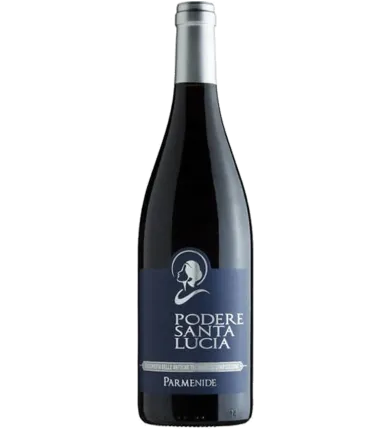
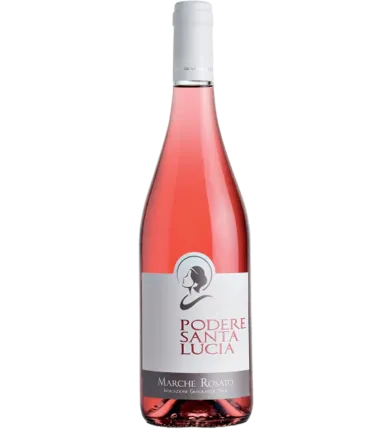
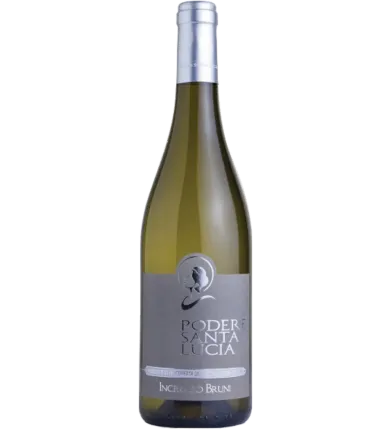
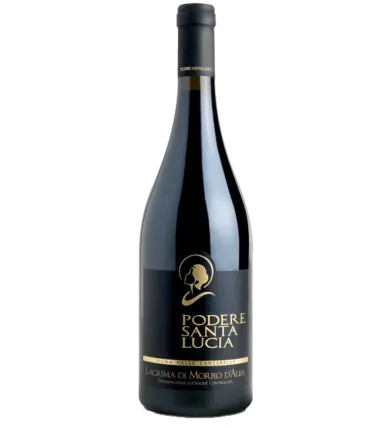
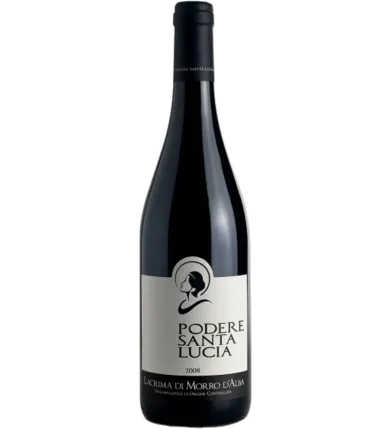

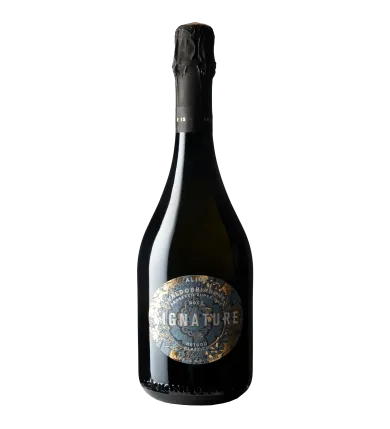


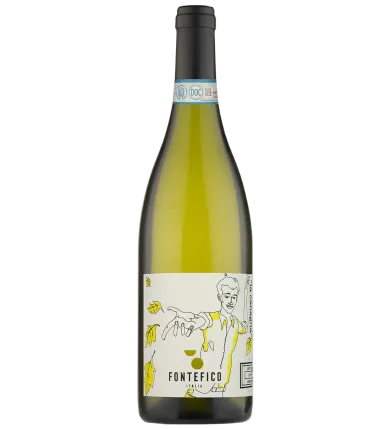



Please complete your information below to login.
Sign In
Create New Account